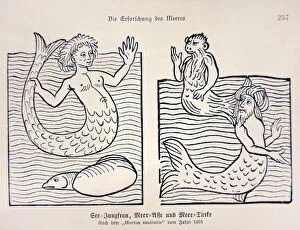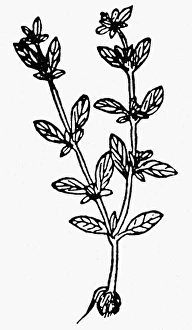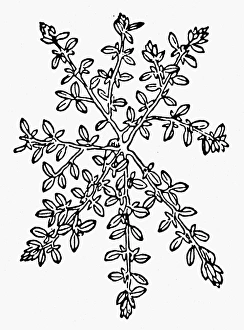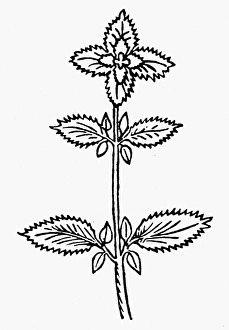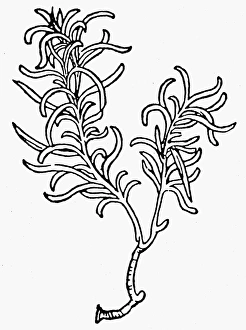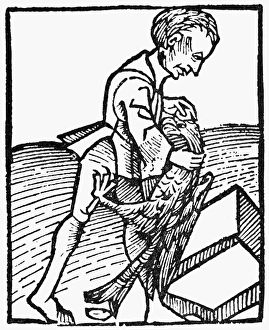Hortus Sanitatis Collection
Step into the enchanting world of "Hortus Sanitatis
All Professionally Made to Order for Quick Shipping
Step into the enchanting world of "Hortus Sanitatis, " a captivating collection of woodcut illustrations that transport you to a realm where mermaids and mermen frolic in mystical waters. Jacob Meydenbach's 1491 masterpiece showcases these ethereal beings, their tails glimmering under the moonlight. But this is not just a tale of mythical creatures; it delves into the fascinating world of apothecaries and potions. In one image, two boys engage in an animated fight while surrounded by shelves filled with jars containing mysterious concoctions. The scene captures both the chaos and allure of ancient remedies. The artistry extends beyond human interactions, as we witness herbs being crushed meticulously in a mortar, releasing their fragrant essence. This delicate process from 1947 reminds us of the meticulous craftsmanship required to harness nature's healing powers. Botany takes center stage within "Hortus Sanitatis, " showcasing various plants' medicinal properties. From marjoram (Majorana hortensis) to thyme (Thymus serpyllum), Peter Schoffers' exquisite woodcuts offer intricate depictions that allow us to appreciate nature's bounty. Amongst these botanical wonders are male and female mandrakes, depicted separately but equally intriguing. Johannes de Cubas' Parisian edition from 1498 presents them with stunning detail, capturing their mythical allure alongside their potential medicinal uses. Basil (Ocimum basilicum), a member of the mint family native to tropical Asia, also graces these pages with its vibrant presence. Its aromatic leaves add flavor to culinary delights while offering potential health benefits—a testament to nature's versatility. Rosemary (Rosmarinus officinalis) stands tall among its herbal counterparts within Peter Schoffers' work—its slender branches adorned with delicate flowers symbolize remembrance and fidelity throughout history—an herb steeped in symbolism as well as practicality.

